As kitchens evolve to become more streamlined, tech-savvy, and space-efficient, many once-essential tools are quietly being phased out. It is not that they stopped working—it is just that newer gadgets, changing cooking habits, and minimalist design trends have made them feel unnecessary. Some are getting replaced by multi-use appliances, while others are simply collecting dust as our daily routines shift. Here are 15 everyday kitchen tools that are slowly disappearing from modern homes.
1. Vintage Cookie Presses

If you grew up making Christmas cookies with an old-school metal cookie press, you know the magic. These beauties cranked out perfectly shaped butter cookies, and unlike modern plastic versions, they didn’t break after one holiday season. Now, home bakers are rediscovering their awesomeness. They make professional-looking cookies without the hassle, and if you inherited one, congrats—you basically own a piece of baking history, according to The New York Times.
But many vintage cutters are made of tin or aluminum, which can rust or bend easily over time—especially if they’re not properly cleaned and stored. Today’s home bakers tend to prefer stainless steel or food-safe plastic options that are dishwasher-safe and more durable. Plus, the rise of 3D printing and custom silicone molds means people can now get cookie shapes that are way more intricate, creative, and personalized than anything Grandma used.
2. Manual Egg Beater
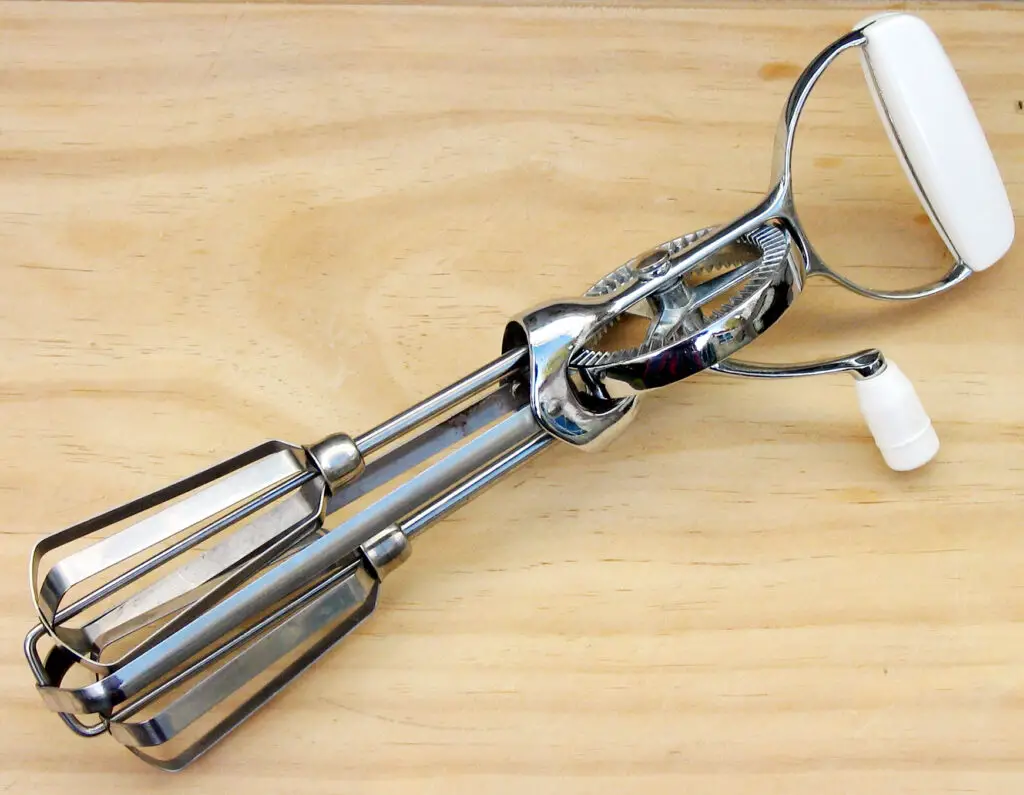
Before the whirring convenience of electric hand mixers or stand mixers, achieving perfectly whipped cream or fluffy scrambled eggs required a bit of elbow grease and a trusty manual egg beater. This simple yet effective device, often made of metal with rotating whisks, was a staple in kitchens worldwide. You could feel the ingredients transforming under your own power, a truly tactile cooking experience.
Mastering the rhythm of the hand crank was a point of pride for many home cooks. It was a quieter, more intentional way of preparing food, connecting you directly to the ingredients. As noted by Smithsonian Magazine, these hand-cranked tools were ubiquitous before widespread electrification made their powered counterparts accessible and affordable for the average household, rendering the manual version largely obsolete.
3. Manual Coffee Grinders

Before we all became addicted to electric coffee grinders, manual ones were the way to go. And now? Coffee purists swear by them. Food & Wine even says they’re better for controlling the grind size, which means a better-tasting cup of coffee. They’re also quiet (so no waking up your roommates at 6 a.m.), don’t burn out, and last forever. Plus, they make your kitchen look like a rustic coffee shop, and who doesn’t want that vibe? If you still have one, dust it off—you might never go back to electric.
However, the rise of single-serve machines, pre-ground specialty coffee, and subscription services has made grinding beans at home feel unnecessary for many. While manual grinders still appeal to purists and small-space dwellers, they’re becoming more niche than mainstream in the modern kitchen.
4. Ice Tongs
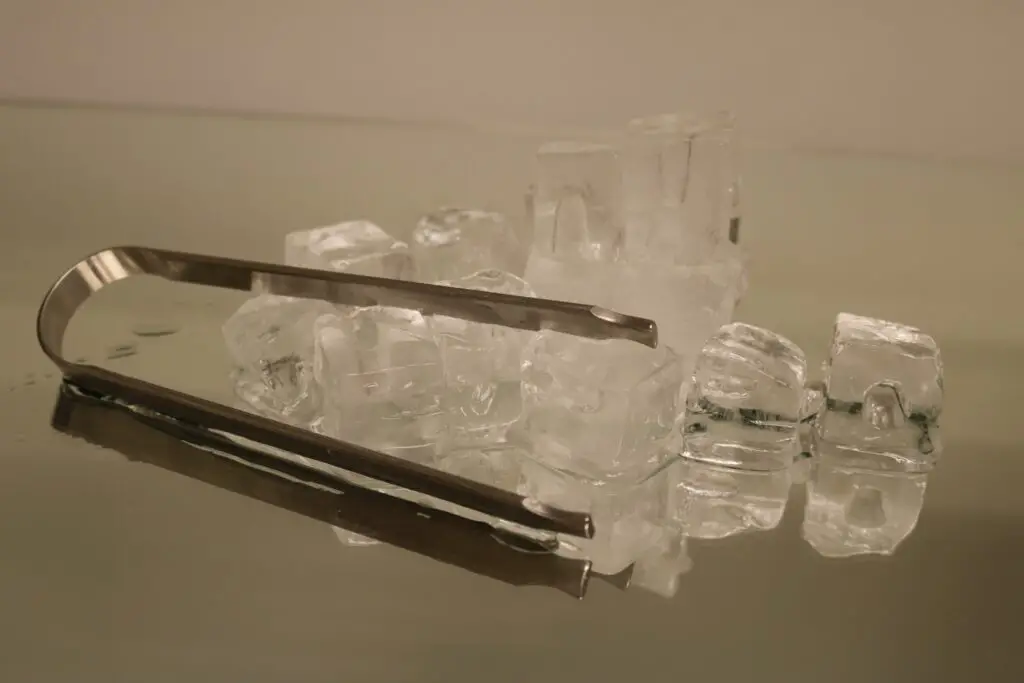
Before automatic ice makers became a standard feature in refrigerators, and even before convenient ice cube trays were widely adopted, ice was often delivered in large blocks to homes. Ice tongs, with their sharp, pointed ends, were the tool of choice for grappling with these slippery, hefty blocks and transferring them to an icebox or chipping off smaller pieces. They were a common sight in kitchens and bars alike.
The sound of ice tongs clinking against a block of ice was a familiar sound on a hot summer day. These specialized tools were a direct reflection of how ice was managed and consumed in a less automated age. According to The New York Times, ice delivery services and the tools associated with them were a crucial part of urban life for decades, a far cry from the instantaneous ice we now take for granted.
5. Electric Percolators

Before Keurigs and drip coffee makers took over, percolators ruled the coffee game. They brewed strong, bold coffee that today’s machines just can’t match. Vintage percolators from brands like Farberware and West Bend are now in high demand because they last forever and make a seriously good cup of joe. If you swapped yours for a single-serve coffee maker, you might be missing out. Nothing beats the rich flavor of percolated coffee—it’s basically the espresso of the drip coffee world.
That said, they’re bulky and not as energy-efficient as more modern brewers. With limited counter space in many kitchens, people opt for compact appliances that multitask or take up less room. Plus, cleaning percolators can be tedious, especially compared to dishwasher-safe alternatives. For many households, the percolator is now more of a collector’s item than a daily tool.
6. Tomato Slicers
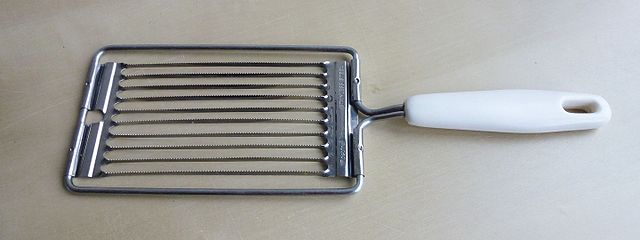
You don’t know frustration until you’ve tried to slice a ripe tomato with a dull knife. That’s why vintage tomato slicers were such a win. These stainless steel gadgets made it easy to get perfect, even slices every time. Modern plastic versions just don’t hold up. If you had one and tossed it, you might be regretting it every time you butcher a tomato for your sandwich.
However, today’s minimalist kitchens prioritize versatility and practicality. If a gadget only does one job—and doesn’t do it better than a knife—it’s usually left behind. Many slicers are also made of cheap plastic and dull metal, which don’t hold up over time. In a world of drawer decluttering and smarter kitchen tools, the tomato slicer is one of the first things to go.
7. Aluminum Jelly Molds
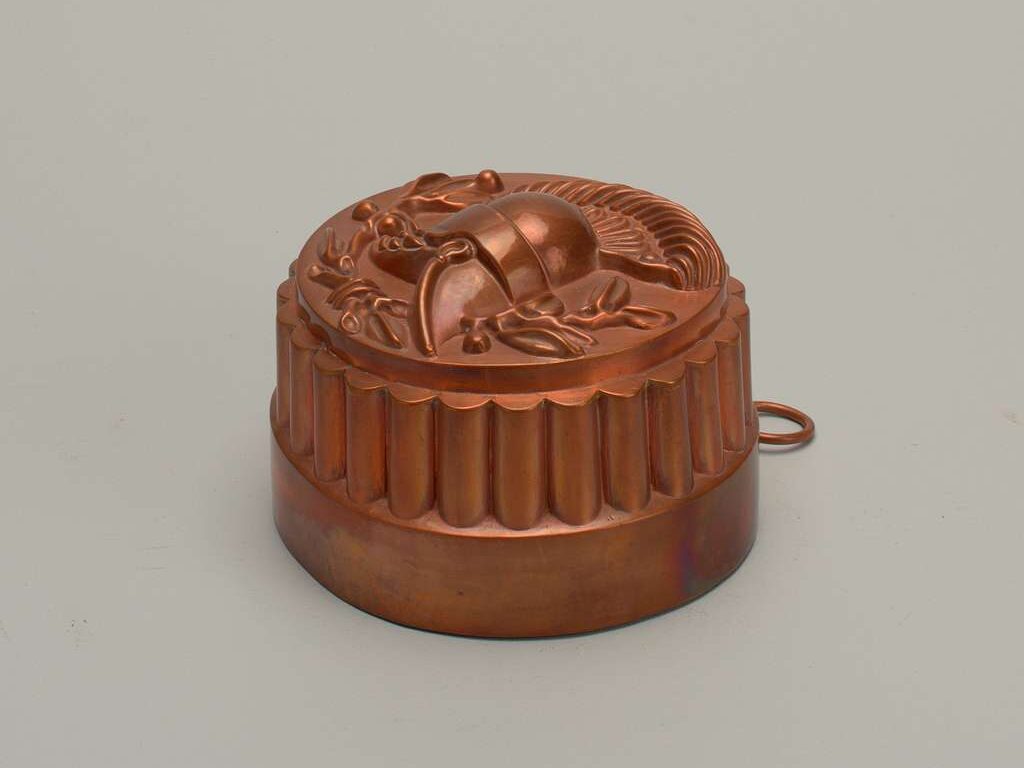
Once a staple at every dinner party, aluminum jelly molds were all the rage for fancy gelatin desserts and molded salads. Now? They’re collector’s items with major retro charm. Even if you’re not making gelatin creations, these molds make for amazing vintage kitchen decor. Who says you can’t bring back the classic jello masterpiece?
Health and safety concerns play a role, though—many people are wary of using old aluminum cookware due to potential links to aluminum exposure and long-term health risks. Add to that the difficulty of unmolding a gelatin dish cleanly and without drama, and it’s easy to see why these shiny molds are more likely to show up at a flea market than a family dinner. They’re fun as décor, but not so much in practice.
8. Meat Grinder (Manual)
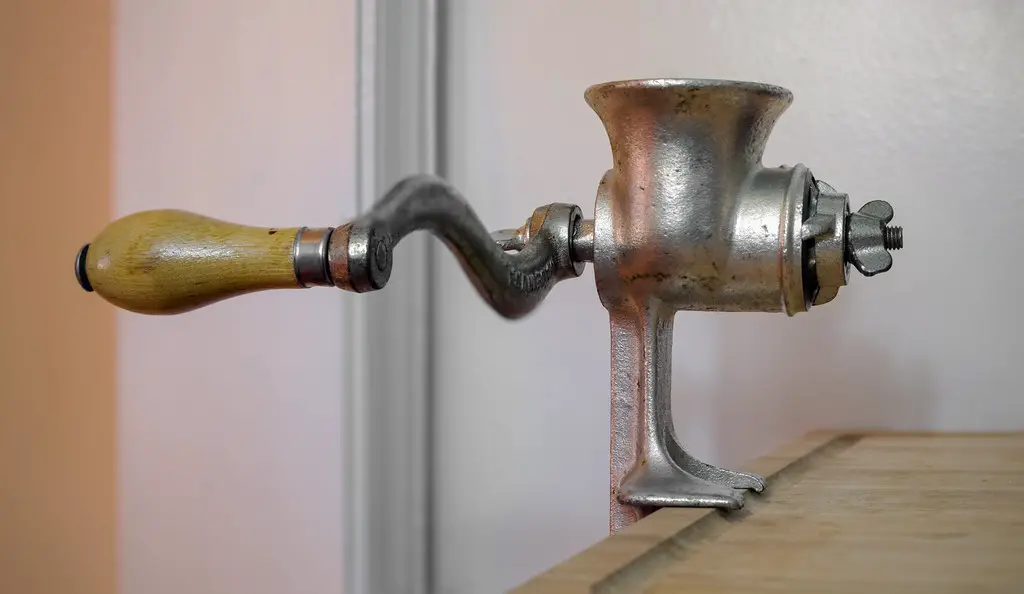
The aroma of freshly ground meat for meatballs, sausages, or pâté was once a common kitchen scent, thanks to the manual meat grinder. This sturdy, hand-cranked device, often clamped to a countertop, allowed home cooks to control the fat content and texture of their ground meat, a significant advantage over pre-packaged options. It was a tangible way to connect with the source of your food.
Preparing meals from scratch, including grinding your own meat, was a more involved process but offered superior freshness and customization. The satisfying crunch-grind as the meat was processed was a hallmark of home cooking. While electric versions exist, the manual grinder is largely a relic, replaced by supermarket convenience and, for some, the increasing popularity of vegetarian and vegan diets.
9. Butter Churn
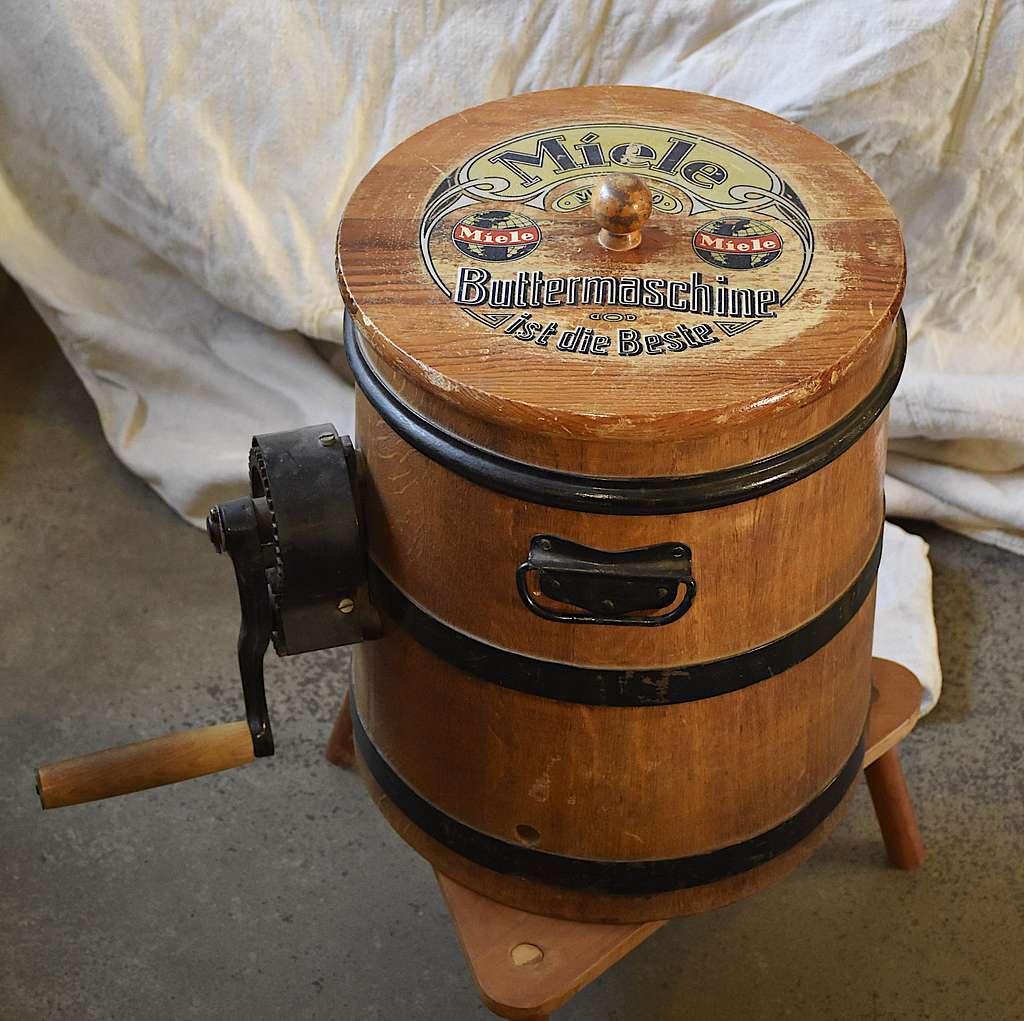
Imagine the satisfaction of turning fresh cream into golden, rich butter right in your own kitchen. While a butter churn might seem like something out of a historical reenactment, smaller, household-sized versions were once common, especially in rural areas or for those who kept dairy animals. It was a direct connection to the origins of a fundamental foodstuff.
The rhythmic motion of churning butter was a meditative task, transforming a simple ingredient into a pantry staple. It fostered self-sufficiency and an appreciation for the labor involved in food production. With the widespread availability of commercially produced butter and the decline of home dairying, the butter churn has become a rare and specialized tool, more likely to be found in a museum than a modern kitchen.
10. Canning Jar Lifter
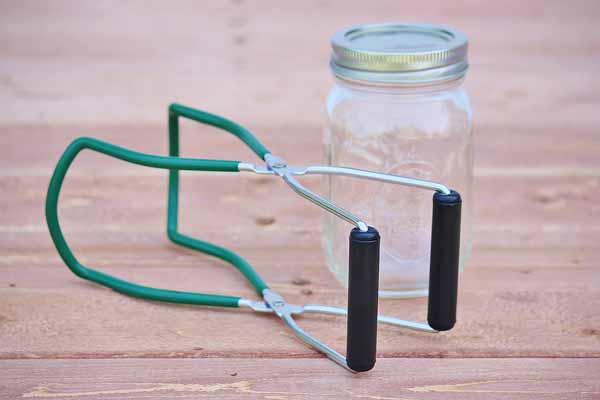
For generations, preserving seasonal produce through canning was a vital skill, ensuring a supply of fruits, vegetables, and jams throughout the year. The canning jar lifter, a specialized tong with rubberized grips, was an indispensable tool for safely removing hot, sterilized jars from boiling water baths. It prevented burns and accidental drops, making the arduous canning process a bit safer.
Canning was a time-consuming but rewarding endeavor, a testament to resourcefulness and foresight. The clinking of jars being lifted from the boiling water was a familiar sound during harvest season. While canning still has its devotees, the sheer volume of readily available, affordable pre-canned goods and frozen options has significantly reduced the need for this dedicated tool in most households.
11. Glass Milk Bottle with Home Delivery

While the bottles themselves aren’t exactly “tools,” the system they represented, and the ritual of home milk delivery, was a fundamental part of household life for generations. Waking up to fresh milk on your doorstep, often in reusable glass bottles, was a common occurrence, eliminating the need for frequent grocery store runs for this staple. The clinking of bottles was a familiar morning sound.
The returnable glass bottle fostered a sense of environmental responsibility before it was a widespread concern, reducing waste and promoting reuse. The milkman was a familiar figure in many neighborhoods, a personal touch in commerce. With the rise of supermarkets and mass distribution, home milk delivery, and thus the daily presence of these glass bottles, has become a charming, almost mythical, relic of a bygone era.
